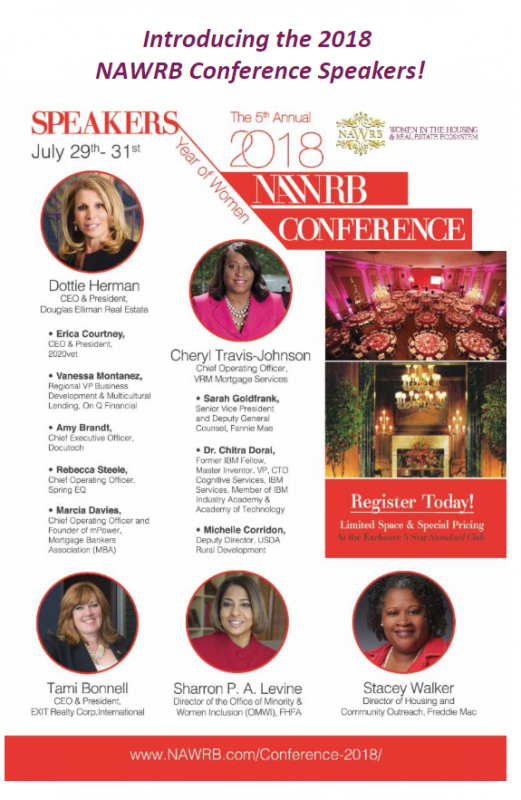Over 800 attendees were part of the MBA’s Independent Mortgage Bankers (IMB) Conference in Amelia Island Florida this week. The conference set new records of attendance which validates the increasingly important role that independent mortgage bankers, who now represent more than 50 percent of all mortgage originations volume, play in the mortgage market. The conference breakout sessions focused on providing practical strategies and tips to mortgage bankers that can be applied to strengthen operations, raise awareness of industry/policy trends, and incorporate changes to improve bottom line numbers. The MBA and many of the industry leaders who were presenting emphasized a continued commitment to enhancing diversity and inclusion. It makes good business sense to promote diversity and inclusion as it enhances decision making and helps mortgage bankers meet the needs of an increasingly diverse marketplace.
I was privileged to be invited as a speaker as part of the Business Operations and Compliance track for a session entitled “Three Great Ideas to Tighten Your Operational Efficiency.” The topic was near and dear to my heart since, through our risk management practice, we see some companies that demonstrate strong operational efficiency and demonstrate industry-leading practices that are worth sharing. I was thrilled to see many of my former colleagues from companies that I’ve worked for throughout my career in the audience. The panel discussion was moderated by David Lykken, President of Transformational Mortgage Solutions. Co-panelists were Frank Fiore, President of Matchbox, Inc and Brent Chandler, Founder & CEO of FormFree. The panelists led a lively discussion and provided strategies centered on three themes: Being Proactive, Workflow and Consistency. The discussion was particularly timely given the challenges many lenders face in this highly-regulated environment with multiple examinations, often concurrently, happening throughout the year. Regulatory and investor audits can often cause lenders to divert resources and incur additional compliance costs, which can be a challenge to ongoing attempts to maintain operational efficiency.

 Login
Login



















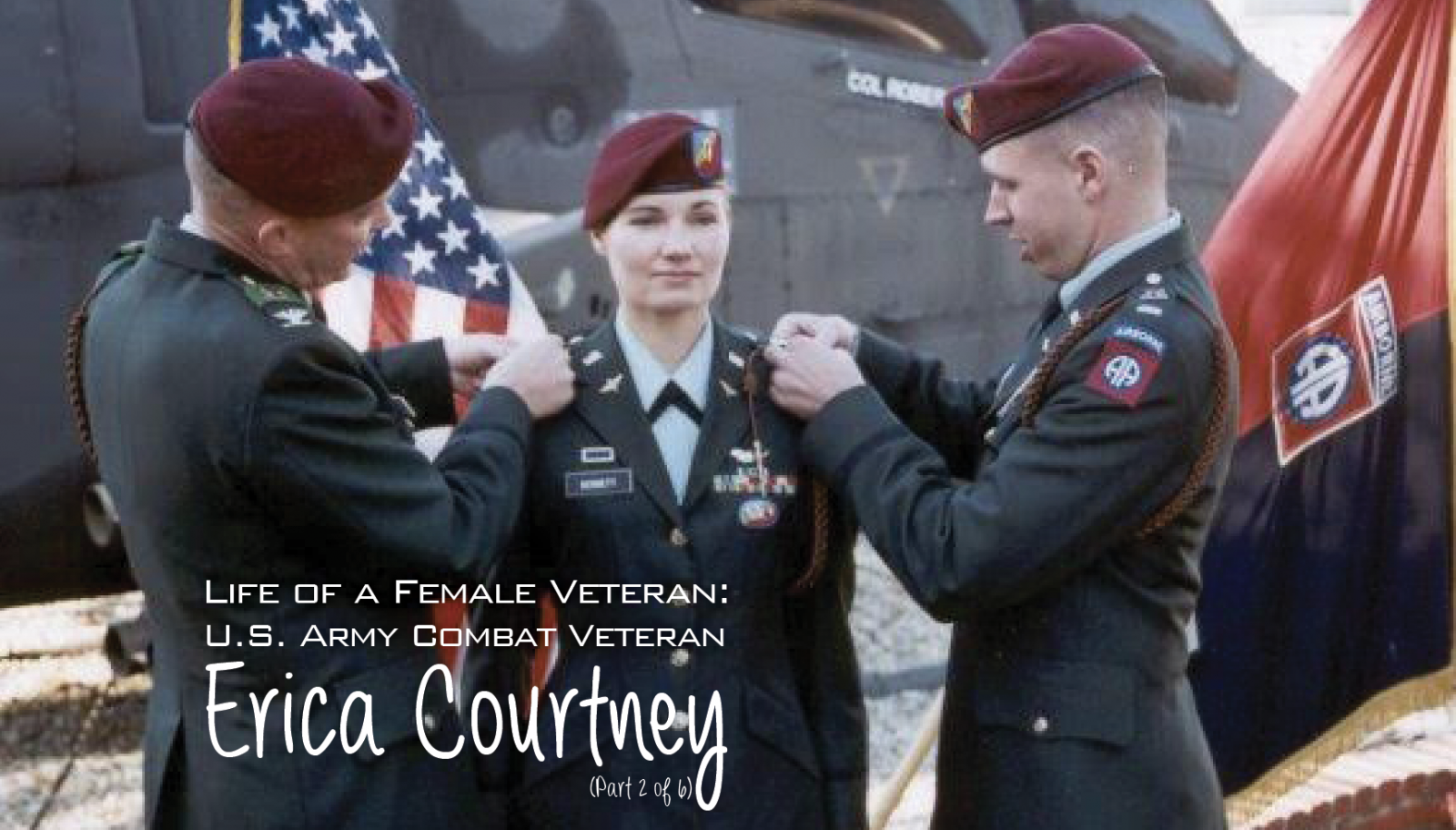
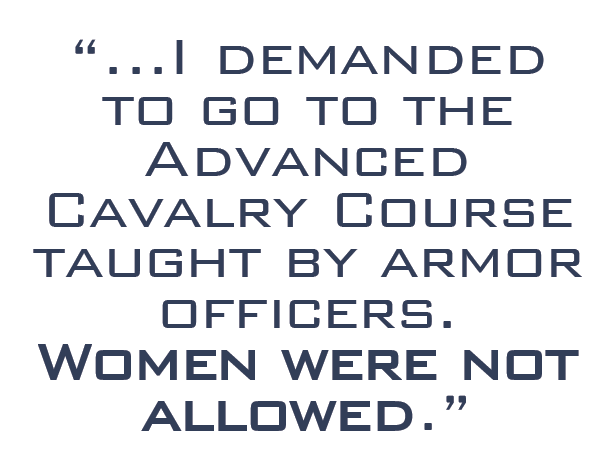 I was awarded my spurs and wore them with pride! One slight issue, women were not allowed to wear pants with their dress uniform, they only had skirts. It was the year 2000 and spurs looked absolutely ridiculous on heels with a skirt. I broke the rules and had a Korean tailor make my uniform pants like the guys wear. This is a big no-no in the service. Uniforms are important and you must stick to the regulation. When I showed up to the ceremony in pants, no one cared. “Looking good lieutenant,” is all I got from my senior leaders. That was liberating. The symbolism here was powerful. Integration is never easy, but it gets easier for those who come after us. We were blazing the trail. I learned early on that if baseless hatred gets to you, they win. I learned to overcome discrimination by working hard, being physically and mentally tough, and setting the example. Eventually, the same guys who did not want me there were the same guys not wanting me to leave. Earned spurs in hand, I left having made it easier for the women behind me and left the unit a better place.
I was awarded my spurs and wore them with pride! One slight issue, women were not allowed to wear pants with their dress uniform, they only had skirts. It was the year 2000 and spurs looked absolutely ridiculous on heels with a skirt. I broke the rules and had a Korean tailor make my uniform pants like the guys wear. This is a big no-no in the service. Uniforms are important and you must stick to the regulation. When I showed up to the ceremony in pants, no one cared. “Looking good lieutenant,” is all I got from my senior leaders. That was liberating. The symbolism here was powerful. Integration is never easy, but it gets easier for those who come after us. We were blazing the trail. I learned early on that if baseless hatred gets to you, they win. I learned to overcome discrimination by working hard, being physically and mentally tough, and setting the example. Eventually, the same guys who did not want me there were the same guys not wanting me to leave. Earned spurs in hand, I left having made it easier for the women behind me and left the unit a better place.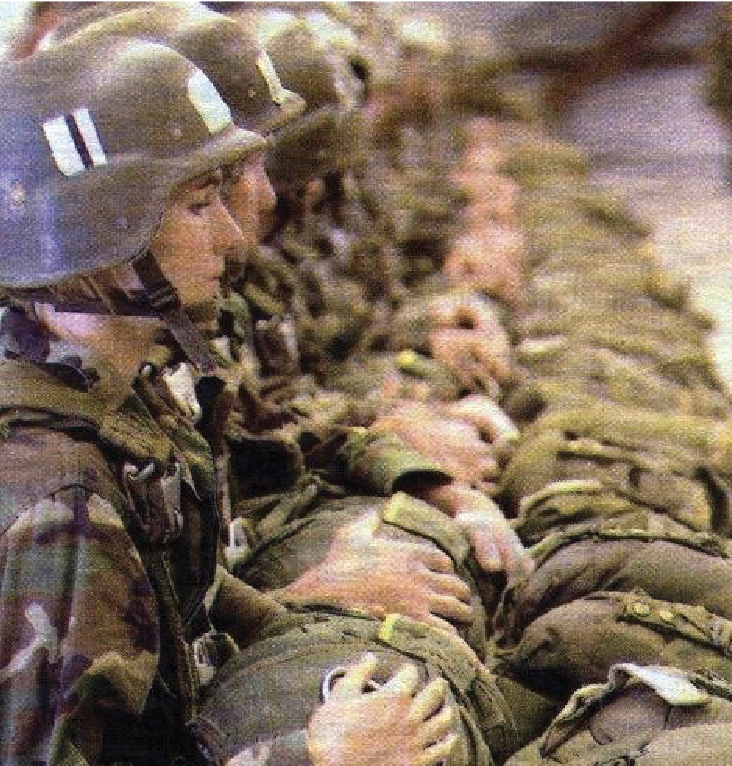
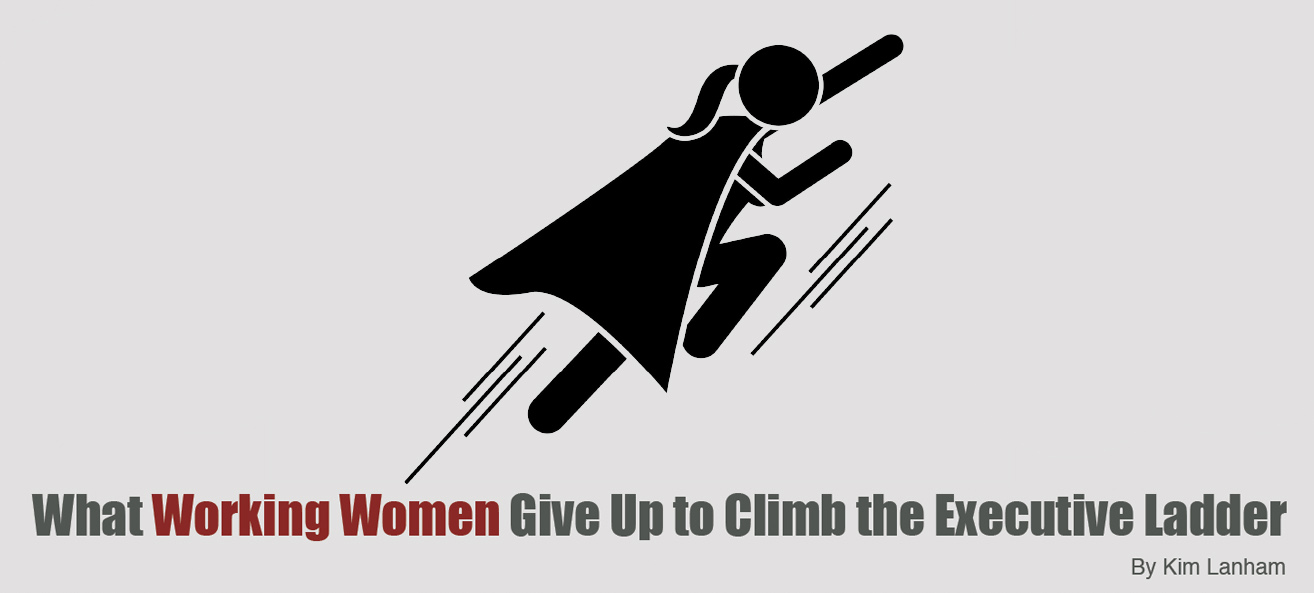
 P
P






